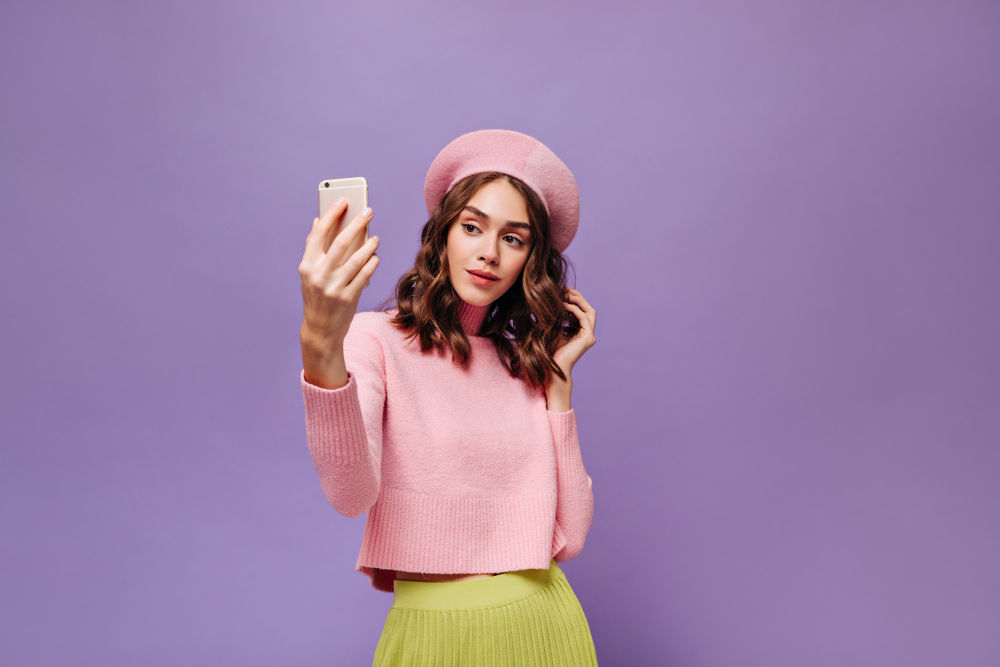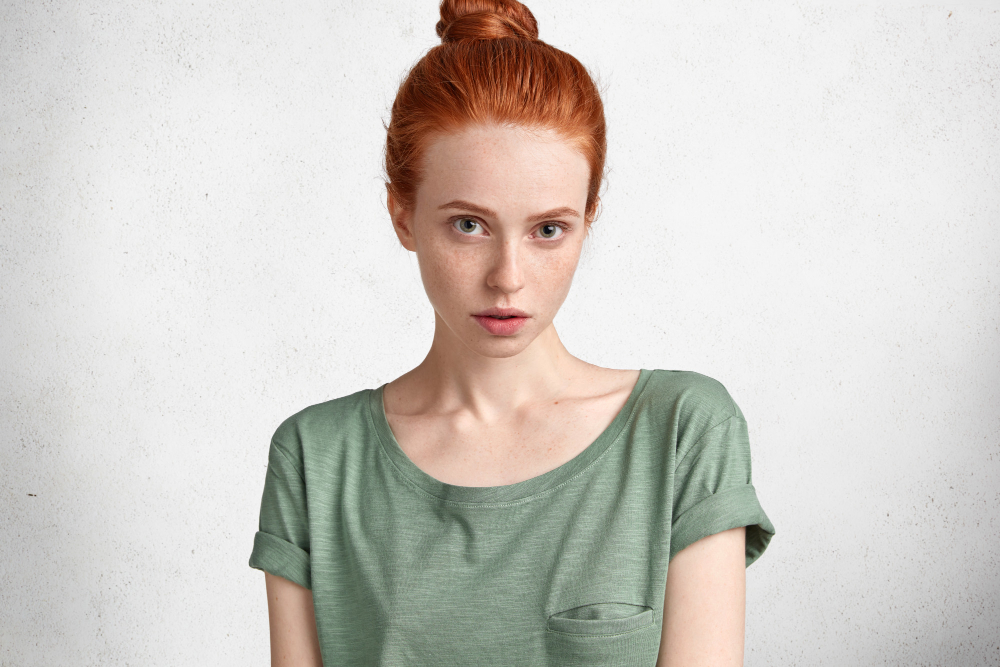Each applicant must submit a qualified ID photo while applying for the passport. However, it could be time- and energy-consuming work to take a passport photo, especially when the requirement is not so clear. For example, most people might be confused about these questions.
What are neutral facial expressions?
Should I stand or sit down to take the picture?
Can I smile?
Can I hand in a selfie for the application?
You will find the answer in this passage. Next, we are going to introduce tips on how to pose for passport photo to ensure its acceptance.
Why People Don’t Look Good in Passport Photos?
Common reasons why people don’t look good in passport photos are listed as follows.
Firstly, the applicants have to keep a neutral facial expression and look decent. That is to say, they could not look sad, angry, excited or happy. Therefore, they might pose stiffly and look awkward.
Secondly, improper lighting is a common mistake. Uneven lighting would generate shadows. Dazzling light coming out of the strong and direct spotlight might make the subject look pale.
Thirdly, less advanced cameras and wrong settings could not accurately capture facial features. The passport photos must be sharp, clear and focused to pass the face recognition.
Last but not least, the position of the where the applicant stays matters. Either standing too far away or close to the background and the camera would influence the quality photo.
Best Pose for Passport Photo
When it comes to how to pose for passport photo, most countries only require you to face the camera with your eyes open. For more specific postures, here are some tips.
Stand up or Sit down
Either sitting down or standing up is acceptable as long as you stay upright and let your arms relax and hang naturally. As for babies and toddlers that are too young to sit, you can lay them down on the bed and take a shot from above.

Head and Shoulders
The photo must show the applicant’s head and shoulders. Both eyes should look straight at the camera instead of looking around. It can also help you equally show both cheeks. Your head should not be leaned forward, tilted or rotated. Keep your shoulder in line and don’t stoop. Avoid shrugging shoulders or “turtle neck”.
The applicant’s face is the most essential part of face recognition, so please make sure the whole face is visible. Don’t cover your face with hair, headgear, glasses or other accessories. Freckles or birthmarks should also be visible. As for makeup, it is acceptable, but it must be natural and light. Don’t put on any heavy makeup that hides your original skin color or changes your facial features.
Position
There should be proper distance between you and the background, you and the camera. You should keep 30-50cm away from the backdrop so as to avoid capturing the shadows on the back (if any). In terms of the camera, it should be placed 1-1.5 meters away from you.
Facial Expressions
Neutral facial expressions seem confusing. Just bear the primary principle in mind -no exaggerated expressions that distort the facial features. In most cases, you should not open your mouth and show your teeth. That is to say, laughing, or grinning is not allowed, whereas smiling is not 100% prohibited depending on which country’s passport you are applying for. For example, a closed-mouth smile is acceptable in the US, but not in India.

Don’t make funny or emotional faces. Cute or amusing expressions on IG photos such as pouting, winking, sticking tongues out, resting cheeks on the hands, glaring eyes, frowning, and so forth are not permitted.
Selfie
Selfie is not 100% prohibited, but it still has to meet all photo requirements. If you cannot find a friend or family member to help you, you should raise the camera with a tripod. The rear camera usually makes clearer photos than the front one, so don’t hold your camera with your arms and take a shot with the built-in portrait mode.
Unacceptable Poses
Please note that you don’t have to imitate models pictured in magazines. These poses below might look easy and cute on Instagram, but now allowed in passport photos.
Crossing Arms
Although your hands would not appear in the ID photo, crossing your arms would tighten your shoulders and make you lean forward.
Hand on Hip
It might relax you. However, in this pose, your body would raise your shoulders or create a curve shape while passport photos require you to stand erect. Tilting your upper body is in no case permitted.
Leaning Against the Wall
Leaning poses are useful tips to interact with your surroundings, which makes you look eased. Models like to lean on railings or ledges to create a sense of relaxation. However, no distractions are allowed to appear in the passport photo except the applicant himself. And you should always keep yourself upright. More importantly, learning your back against the wall would easily project shadows on the background, which is not allowed.
Side Face
Models like facing sideways or tilting their heads to one side instead of showing the whole face. It helps to generate a sense of mystery, but that’s not necessary in passport photos.
Make Passport Photos at Home
If you have already taken a photo and are not sure whether it is compliant or not, here is the final step to make a perfect passport photo. Upload it on AiPassportPhotos and it will make a qualified photo. The automatic photo compliance testing feature will check every aspect, including sight line, poses, head and body positioning, facial features visibility, facial expressions, lighting, etc. The AI instant processing feature requires only one-click operation and a few seconds. This is an online tool, compatible with all common devices and systems.
Summary
I believe that you have learned about how to pose for passport photo after reading this passage. Although there are no clear requirements for best pose for passport photo, we hope you can take care of where you stand or sit, your head and shoulders and facial expressions. Don’t do any forbidden poses, such as crossing arms, hands on hips, leaning or showing side angle. For further guarantee, you can use AiPassportPhotos to eliminate all guesswork.